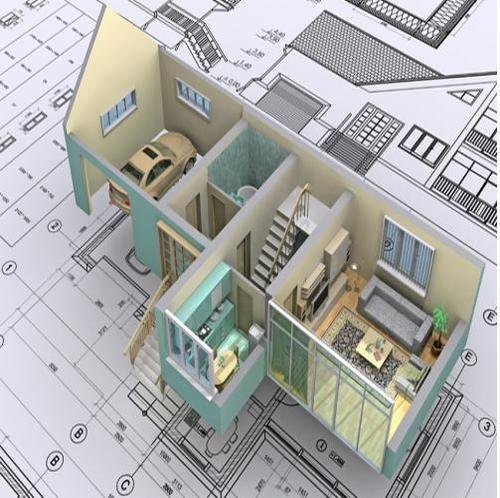
Ensuring Structural Safety: The Importance of Professional Analysis and Design
Structural safety is a critical aspect of any construction project, whether it's a towering skyscraper, a bridge spanning a river, or a simple residential building. The well-being of countless lives depends on the reliability and stability of these structures. To achieve a high level of structural safety, professional analysis and design are indispensable. In this blog post, we will delve into the significance of these practices, their role in safeguarding public welfare, and the benefits they bring to the construction industry.
Understanding Structural Analysis
Structural analysis is the process of evaluating the behavior and performance of a building or infrastructure under various loads and conditions. It involves complex calculations and simulations to ensure that the structure can withstand its intended purpose, anticipated loads, and potential unforeseen events such as earthquakes or extreme weather conditions. Structural engineers use advanced software and mathematical models to predict how the materials will react and interact with external forces.
The Vital Role of Structural Design
Structural design goes hand-in-hand with analysis. It encompasses the creative process of developing a safe, efficient, and aesthetically pleasing structure. An experienced structural engineer carefully considers factors like the choice of materials, construction techniques, and architectural aspects while complying with relevant building codes and regulations. A well-designed structure not only meets safety standards but also optimizes material usage and reduces construction costs.
Ensuring Public Safety
Perhaps the most crucial aspect of professional structural analysis and design is ensuring public safety. Inferior construction practices or inadequate designs can lead to disastrous consequences, including collapses, injuries, or even loss of life. Remember infamous incidents like the collapse of the Hyatt Regency walkway in Kansas City (1981) or the collapse of the Morandi Bridge in Genoa (2018). These incidents underscore the need for robust structural safety measures.
Compliance with Building Codes and Regulations
Professional structural engineers are well-versed in local building codes and regulations. These codes are in place to set minimum standards for construction, aiming to protect the public and occupants from potential hazards. Failing to adhere to these codes can result in legal consequences, not to mention the danger posed to human life. An experienced structural engineer ensures that the project complies with all relevant codes, thereby providing a solid foundation for structural safety.
Adapting to Changing Conditions
Structural analysis and design also account for a structure's longevity and resilience. As climate change brings about more extreme weather events, such as stronger hurricanes or prolonged droughts, structures must be designed to withstand these changing conditions. Additionally, with advancements in technology and materials, professional analysis allows engineers to incorporate innovative solutions and eco-friendly designs.
Sustainability and Cost-Effectiveness
An often overlooked benefit of professional structural analysis and design is its impact on sustainability and cost-effectiveness. By optimizing material usage and construction methods, engineers can minimize waste and reduce the overall environmental footprint of a project. Moreover, investing in a well-designed structure ensures its longevity, reducing maintenance and repair costs over time.
Conclusion
The importance of professional structural analysis and design cannot be overstated. These crucial practices safeguard public safety, ensure compliance with building codes, adapt to changing conditions, and promote sustainability and cost-effectiveness. By placing a premium on structural safety, we not only protect human life but also build a more resilient and sustainable future. As we continue to innovate and advance in the construction industry, let us always prioritize the well-being of the communities we serve through meticulous and professional structural analysis and design.
